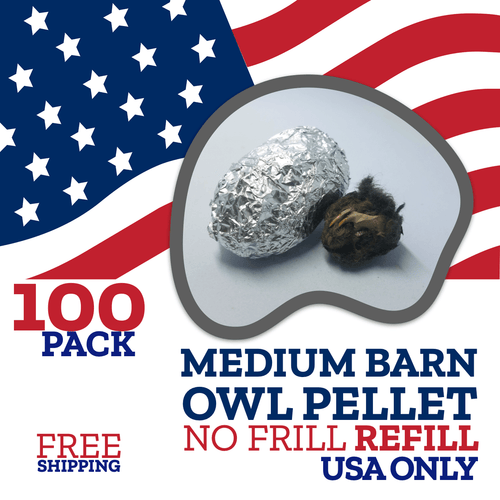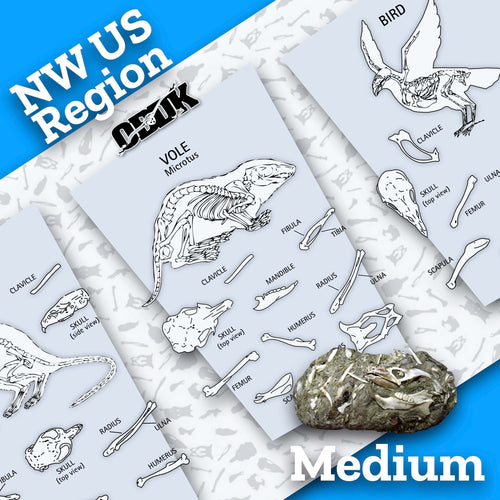Have you ever considered what the criteria are for a bird to be a raptor?
It can get pretty complicated. Mostly because A, some people usually use the term “raptor” interchangeably with the term “bird of prey”; B, because some people also only use “raptor” to discuss birds that are Falconiformes; and C, because scientists are still trying to figure out exactly what classifies a bird as a raptor.1&2
What are Falconiformes and Strigiformes?
Birds of prey are divided into two groups: Falconiformes and Strigiformes. Falconiformes are the diurnal (awake during the day) birds, while the Strigiformes are the nocturnal (awake during the night) birds.1
Strigiformes consist of owls, while Falconiformes consist of:
- Eagles
- Hawks
- Vultures
- Falcons
- Ospreys
- And more!1&3
Falconiformes are carnivores and eat other animals. Some, like hawks or eagles, catch live prey, while vultures will eat prey that’s already dead. Certain characteristics will look different depending on where they live and what they hunt. For example, vultures have broad wings and weaker feet, while falcons have stronger feet and bodies that are shaped to dive after prey.3
So…why can’t scientists decide on what a raptor is?
The confusion stems from the name “raptor” itself. It is derived from Latin, meaning “seizing or plundering”, so scientists have focused on the characteristic of the strong feet that hawks or owls have as a main trait for raptors.4
However, that would prevent vultures from being included. They have weaker feet and don’t hunt as other birds do. However, it doesn’t make sense to not include them, because Old World vultures, hawks, and eagles are part of the same family. New World vultures, however, are in a different family, so it makes everything more confusing to say some vultures are raptors, but others aren’t.4
What characteristics do raptors share?
Regardless of if the term “raptor” refers to Falconiformes or birds of prey in general, there are common characteristics that these birds share:
- Good eyesight
- Curved beaks
- Sharp talons
- Carnivorous2
All birds of prey have hook-tipped beaks and sharp talons.1
Don’t forget! We have a new pack of unusual remains available online! Discover some of the more interesting animals owls and crows eat in this new pack!
|
|








